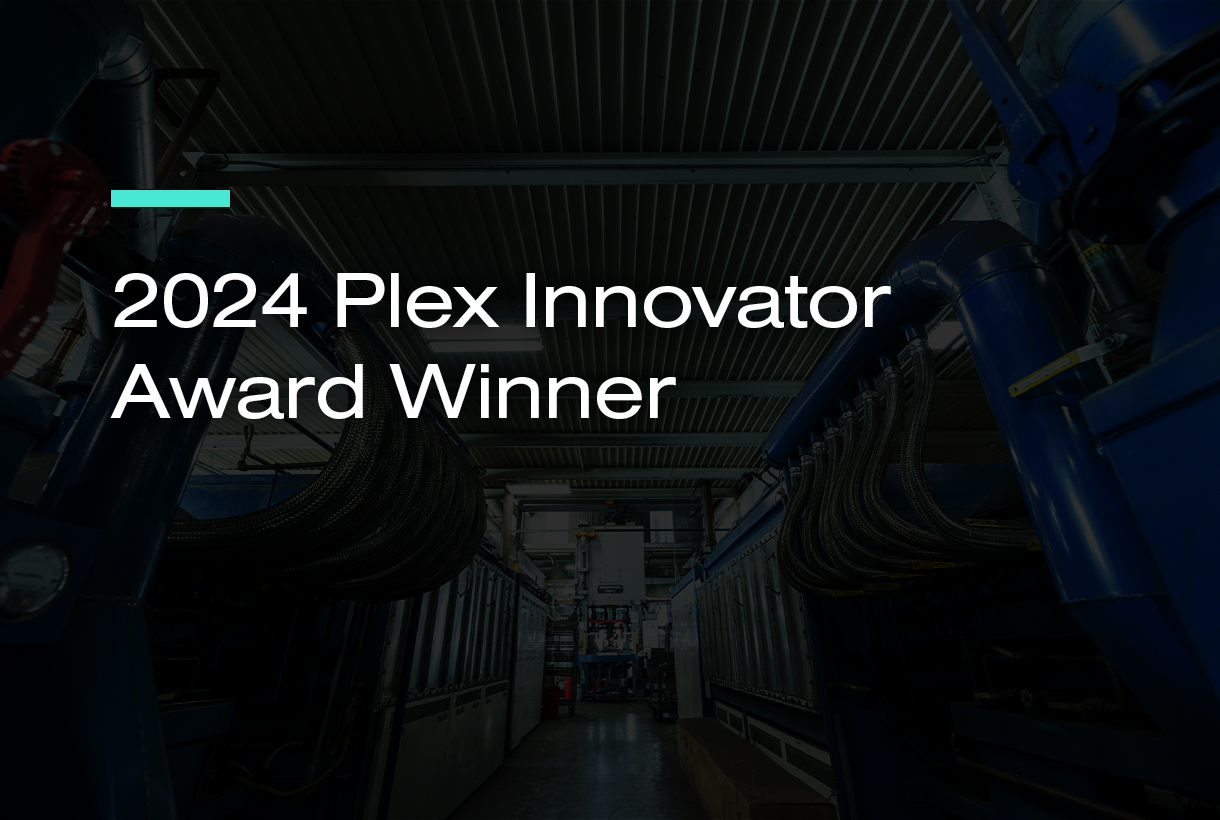

Now Available!
Get your copy of the 7th Annual State of Smart Manufacturing and hear from 300+ manufacturers in this new survey report!
Subscribe to Our Blog
For a monthly digest of expert insights, data points, and tips like the ones in this article.
Industrial IoT and the Pragmatic Manufacturer: Lessons Learned from Prime Day 2019
Industrial Internet of Things (IIoT)
There is quite a lot of hype surrounding the Industrial Internet of Things (IoT) within the manufacturing industry. Large-scale Industrial IoT pilots driven by enterprise-focused technology companies paint pictures of fully-connected and automated plants, complete with Artificial Intelligence (AI) and Machine Learning (ML) that promise ROI but require large early investments of time and capital. Large manufacturing companies with deep pockets can invest in such disruptive initiatives, but small to mid-sized manufacturers are far more pragmatic and focus on small steps towards embracing innovation (as opposed to large disruptive changes). Our conversations with hundreds of mid-sized manufacturing company leaders reveal a desire to put their capital investments toward immediate value drivers like safety, quality, and production efficiencies that can deliver on ROI quickly—not three years from now.
Industrial IoT for Small Manufacturers?
Often overlooked in these sweeping digital transformation stories is the experiences of small- and mid-sized manufacturers. Consider the makeup of the manufacturing industry today—96% of all manufacturing companies identify as small businesses, and 90% have fewer than 500 employees. Investing in million-dollar Industrial IoT initiatives with long-term ROIs is out of the question for these manufacturers.
But here’s the thing: Industrial IoT initiatives don’t have to break the bank. Nor do small businesses have to invest in sweeping disruptive initiatives.
If done thoughtfully and strategically, an Industrial IoT program can deliver impressive benefits for both the large and the small. The key is to focus on small bite-size initiatives that add up to a larger whole, and to be maniacally focused on change management. Keep in mind that any change in an industry that builds on foundational pillars of “consistency” and “predictability” is not going to be comfortable.
The Pragmatic Challenge
Numerous studies have reported that the average worker spends between 20-30% of their time look for information—the cost of this lost efficiency for a small 100-person manufacturing operation is staggering, not to mention the cost of bad decisions made as a result of incorrect data (or lack thereof). Manufacturers know all too well the challenge of data being split across spreadsheets, multiple software tools, and paper trails. For the pragmatic manufacturer looking to leverage technology to improve efficiency and agility, this “data” problem offers an area of focus.
At the simplest level, Industrial IoT offers an opportunity to align all decision makers to a centralized and easy to access source of data and insights. It allows all decision makers to understand what happened, know what’s happening, and understand what might happen in the future—keeping everyone on the same page and leveraging technology to augment decision making.
In an evolving manufacturing landscape where agility, flexibility, transparency, and responsiveness starting to become key drivers of success, manufacturers today can’t afford to waste time gathering data working from bad data.
The Industrial Use Case for IoT in SMB Operations
I would argue that manufacturers, especially the smaller businesses, absolutely must make time for change because they stand to benefit the most. There is an opportunity here to level the playing field and capture the level of efficiencies that have historically been reserved for those with deep pockets.
Reliable data, accessible in one location empowers your decision-making abilities. What if you could access a single dashboard with all relevant machine information, schedules, quality checks, and more from any device, anywhere? What if you could empower all stakeholders with the right data, with the right context, at the right place, and at the right time? What bad decisions (or missed decisions) could you prevent by simply just having access to data? What does that time and efficiency improvement mean for your business?
The Role of Change Management
For small manufacturing companies, any major change management project must be directly tied to the heart of the business: it’s people. We’ve shown that is easy to do right now but there’s another barrier that should not be dismissed or overlooked: habits. This is especially true for small companies that have been doing business the same way for decades, or even longer. If they’ve been successful to date, why change?
The answer lies in business trends and activities happening all around us. Just consider the impact Amazon has had on the retail market (and the impact Prime Day alone has on businesses). Hundreds of businesses that have been in existence, and successful, for long periods of time are being pushed out by the phenomenon Amazon has created. More broadly, even top-tier retailers who chose to not embrace online commerce (or hesitated too long) are being taken over by smaller and more nimble retailers. On the flip side, an incredibly large number of micro-brands with none of the capital of Sears, JCPenney, Macy’s, and others are starting to take over by being more nimble and adopting shifts in technology. It may not happen as fast within the manufacturing industry but disruptive technology is already permeating many companies that produce products, and this forward progress shows no signs of slowing.
User behavior plays an important role in technology disruption. In most cases, people do not adopt technology just because it is new. They embrace technology when it is simple, easy, and makes sense within their day-to-day activities. This will be true for Industrial IoT as well. That is why it is important for smaller manufacturers to find solutions that cater to an existing set of intertwined habits on shop floors in order to drive change in manufacturing habits and best practices.
Pragmatic Manufacturers Should Not Wait
Industrial IoT is no longer just for big manufacturing enterprises, and smaller companies need not wait. This is part of a set of megatrends that make up Industry 4.0. Just like electricity led the transition from group drive to unit drive on manufacturing floors, and the Internet enabled the transition from strictly brick-and-mortar to online commerce (and we know what happened to those that did not embrace those transitions). Technologies like Industrial IoT are enabling the transition from disconnected to data-driven manufacturing operations.
Pragmatic manufacturers looking for a place to start need only to begin by identifying areas of their business that need attention: asset performance, downtime, and part quality are common starting points. Starting small and focusing on key KPIs will lead to the biggest immediate impacts, and over time you will be well ahead of other companies that chose to wait—much like those brick-and-mortar retail stores struggling to keep up with Amazon.


